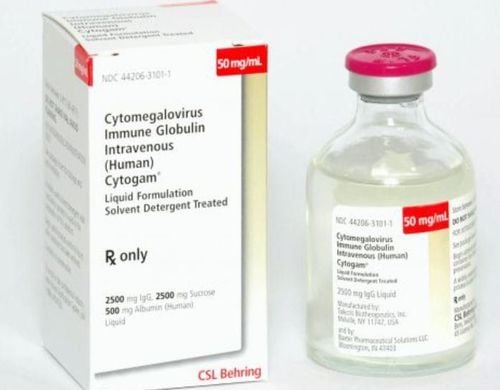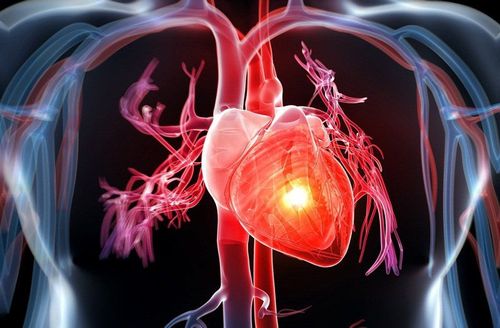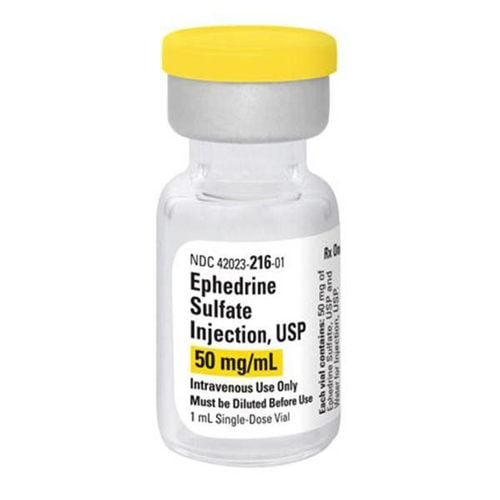This is an automatically translated article.
Cardiac arrest stops breathing in children often as a result of severe trauma or some medical condition such as congenital heart disease. Children can also stop breathing due to drowning, suffocation, electric shock, poisoning, anaphylaxis... In these cases, emergency circulatory arrest in children is extremely important.
1. Recognizing circulatory arrest in children
In a child with a dangerous condition, a slow heart rate is a sign of cardiac arrest. Newborns, infants, and young children often have bradycardia, while older children often have tachycardia.
Infants or children with a heart rate less than 60 beats/min and signs of poor perfusion that do not improve with respiratory support should receive chest compressions.
Diagnosis of cardiac arrest, respiratory arrest in children is based on:
The child is comatose, shaken and not awake. Observe the baby's chest for no movement. Test center circuit failed to catch. For infants, take the elbow and inguinal pulses; In older children, check the neck or inguinal pulse.
2. Cardiac tamponade in pediatric cardiopulmonary arrest
When chest compressions are given to infants and young children, the chest should be compressed to a depth of 1⁄3 of the anteroposterior diameter of the thorax, which is about 4-5 cm. In adolescents or children > 55 kg, the recommended chest compression depth is the same as in adults, i.e. 5 - 6 cm.
The method of chest compressions is also different for infants and young children. The rate of chest compressions in infants and children is similar to that in adults, that is, 100 to 120 beats/min.
Compress by using thumb pressure directly on the chest compression site, for infants and small infants can wrap arms around the chest. Bilateral thumbs should overlap for very small infants. Your fingers should be maintained in an upright position during chest compressions.
For children 1 - 8 years old, use 1 of your hand to give heart compression to the child. For children over 8 years old, use both hands as an adult chest compression.
Hand position for chest compressions for children:
For infants, infants (under 1 year old): The position for chest compressions is above the breastbone, one finger below the seam connecting the breasts. For children over 1 year old: Place the hand to press the heart on the apex of the sternum 1 finger for children 1 - 8 years old and 2 fingers for children over 8 years old.
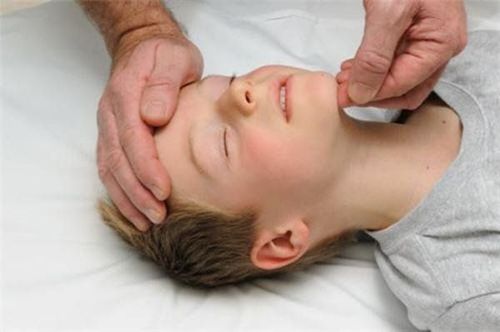
Việc cấp cứu ngừng tuần hoàn ở trẻ em là vô cùng quan trọng, cần tiến hành ngay
3. Ventilation in the emergency of circulatory arrest in children
The structure of the upper respiratory tract in children varies by age. The baby's head is large with a small mandibular face and small outer nostrils, and a short neck. The size of the child's tongue is relatively large compared to the mouth, the larynx is located higher at the neck and has an anterior angle.
The infant's epiglottis is long and the narrowest part of the trachea lies below the vocal cords at the thyroid cartilage, which allows the use of uncuffed endotracheal tubes.
Without local airway support, in infants and children with CPR, the compression-ventilation ratio will be 30:2 if there is only one rescuer, and if there are many than one rescuer, the ratio is 15:2.
With an elevated airway in place, squeeze the balloon every 6 seconds (10 times/min) for infants, children and adults.
4. Adrenaline dose in pediatric circulatory arrest emergency
After adequate oxygenation and ventilation, Epinephrine (Adrenalin) is the drug of choice. The dose of epinephrine is 0.01 mg/kg IV, which may be repeated every 3 to 5 minutes.
Amiodarone 5 mg/kg rapid IV infusion may be used if defibrillation is unsuccessful after epinephrine administration. This medication may be repeated up to 2 times for ventricular fibrillation (VF) or pulseless ventricular tachycardia (VT).
If Amiodarone is not available, Lidocaine can be used intravenously at a dose of 1mg/kg, then 20 to 50 mcg/kg/min intravenously.
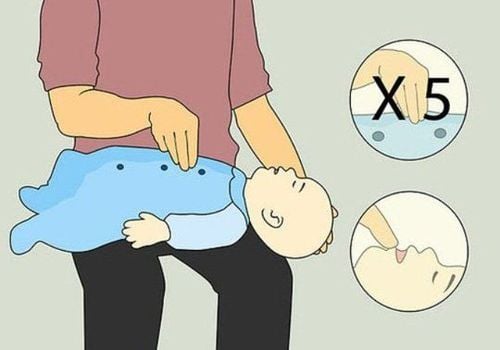
Tỷ lệ sống của bệnh nhi sẽ phụ thuộc vào việc cấp cứu ngừng tuần hoàn ở trẻ em sớm hay muộn
5. Temperature control in pediatric cardiopulmonary arrest
Infants and young children have a higher capacity for heat loss than older children, due to their large surface area relative to body mass and subcutaneous tissue. An environment with a neutral external temperature is important during resuscitation and after resuscitation.
Hypothermia with core temperature < 35°C makes CPR more difficult.
In summary, cardiac arrest in children is often caused by drowning, suffocation, electric shock, anaphylaxis... The survival rate of the child will depend on whether the emergency is early or late. Therefore, this technique is very important in the case of a child with cardiac arrest.
Please dial HOTLINE for more information or register for an appointment HERE. Download MyVinmec app to make appointments faster and to manage your bookings easily.






